A new active sunspot region is expected to rotate into view during this
weekend (March 9-11). This is the well known old sunspot region 1678 making it's return. In the image to the left we can see also another active region several day's behind it.
Region 1678 was responsible for the massive CME that occured on the backside of the sun on March 5, 2013 (view that report HERE). Because of the activity sunspot 1678 maintained while on the backside, there has been much anticipation of this sunspot regions return.
The HMI Intensitygram from SDO for March 9th shows us Sunspot Region 1678 aproached the east limb.
Here we see a close up from SDO AIA 4500.
Get the link here
Sunspot region 1686 rotated out of view today. Regions 1687 and 1688 decayed and disappeared yesterday. The new Sunspot region 1691 emerged onto the solar disc as a CRO Beta type group at 20 millionths in size. The largest group on the visible disc so far is region 1689 and is a DAO Beta type group at 100 millionths in size.
No C class solar flares took place yesterday and only occasional C class solar flares are expected for today.
Image Credit & Copyright: John Sarkissian (CSIRO Parkes Observatory)
Region 1678 was responsible for the massive CME that occured on the backside of the sun on March 5, 2013 (view that report HERE). Because of the activity sunspot 1678 maintained while on the backside, there has been much anticipation of this sunspot regions return.
The HMI Intensitygram from SDO for March 9th shows us Sunspot Region 1678 aproached the east limb.
Here we see a close up from SDO AIA 4500.
Get the link here
Sunspot region 1686 rotated out of view today. Regions 1687 and 1688 decayed and disappeared yesterday. The new Sunspot region 1691 emerged onto the solar disc as a CRO Beta type group at 20 millionths in size. The largest group on the visible disc so far is region 1689 and is a DAO Beta type group at 100 millionths in size.
No C class solar flares took place yesterday and only occasional C class solar flares are expected for today.
PanSTARRS over Parkes
Sweeping quickly through southern skies on March 5, Comet PanSTARRS (C/2011 L4) follows the Sun toward the western horizon in this twilight scene. In the foreground is Australia's CSIRO Parkes Radio Telescope, a 64 meter wide steerable dish that is no stranger to the space age exploration of comets. In March of 1986 the Parkes dish tracked ESA's Giotto spacecraft as it flew by Comet Halley and received the first ever closeup images of Halley's nucleus. At naked-eye visibility, Comet PanSTARRS made its closest approach to planet Earth on March 5. Its closest approach to the Sun will be on March 10. Heading north, PanSTARRS now begins a much anticipated appearance low in the northern hemisphere's western skies after sunset. On March 12, look for the comet hugging the western horizon near a young crescent Moon.
Image Credit & Copyright: John Sarkissian (CSIRO Parkes Observatory)

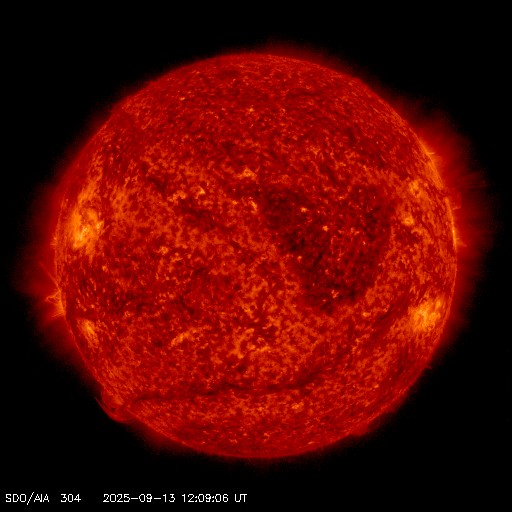
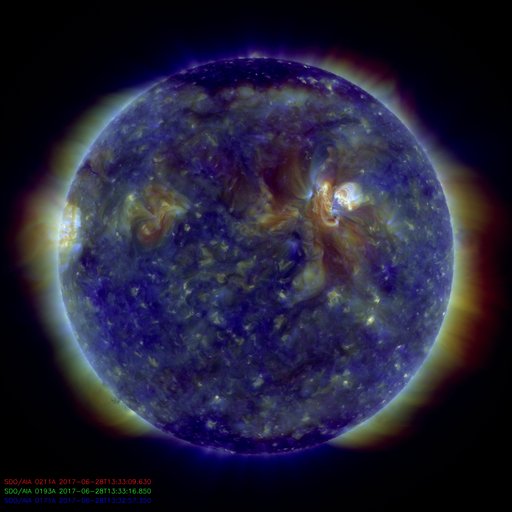
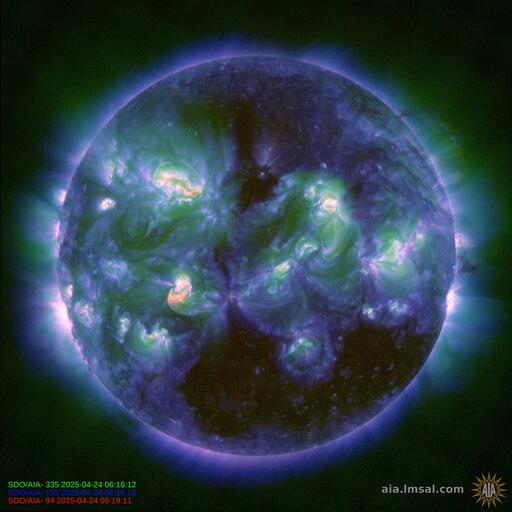
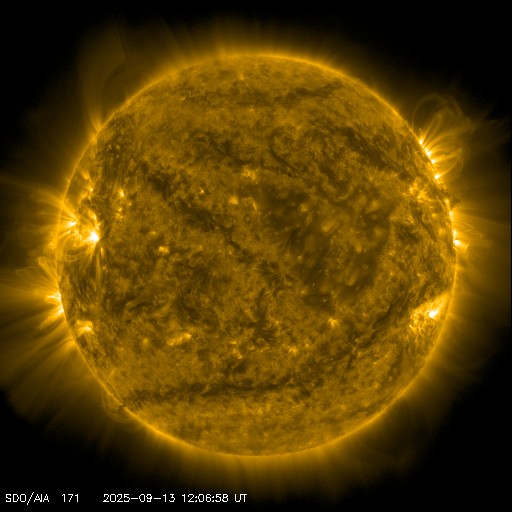
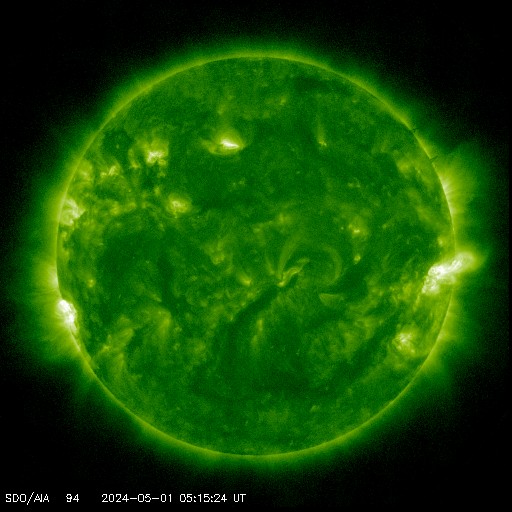
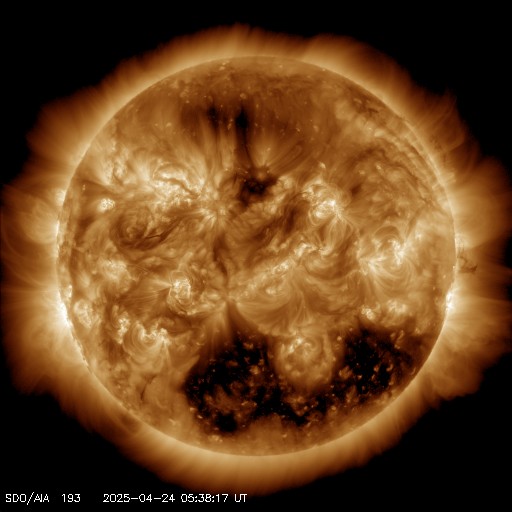





0 REPLIES:
Post a Comment
Thank you for choosing "My Solar Alerts" for your Solar event news.
Check back soon for more updates! :)